- Tags:: 📚Books
- Author:: John Berger
- Genre:: Art, Nonfiction, Philosophy, Essays, Art History, Design, Photography
- Source date:: 1972-01-01
- Audience score:: 7.86
- Link:: https://www.goodreads.com/book/show/2784.Ways_of_Seeing
- ISBN:: 9780140135152
- Added to vault date:: 2025-07-20
- Finished date:: 2025-08-11
- Liked::
- Cover::
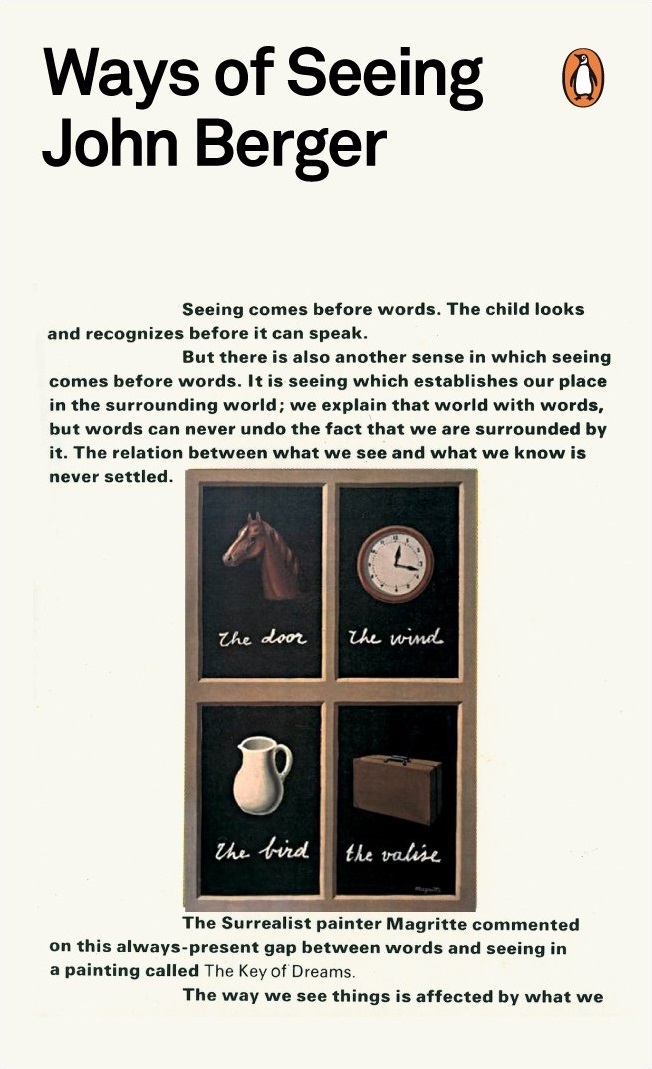
Why did I want to read it?
Me lo encontré de casualidad y llevaba tiempo queriendo un libro de arte que me ayudara a observar.
What did I get out of it?
1. Interpretation
Like with Metrics:
We only see what we look at. To look is an act of choice. (p. 8)
I wonder with Foundation Models if we still accept this:
In the sense in which we use the word in this book, all images are man-made. (p. 9)
Against not interpreting a work from the past with the lens of the present (because you usually can regarding human affairs):
History always constitutes the relation between a present and its past. Consequently fear of the present leads to mystification of the past. The past is not for living in; it is a well of conclusions from which we draw in order to act. Cultural mystification of the past entails a double loss. Works of art are made unnecessarily remote. (p. 11)
As always, class struggles:
In the end, the art of the past is being mystified because a privileged minority is striving to invent a history which can retrospectively justify the role of the ruling classes, and such a justification can no longer make sense in modern terms. And so, inevitably, it mystifies. (p. 11)
This applies even more in Genai:
The real question is: to whom does the meaning of the art of the past properly belong? (…) What the modern means of reproduction have done is to destroy the authority of art and to remove it - or, rather, to remove its images which they reproduce - from any preserve. (…) The art of the past no longer exists as it once did. Its authority is lost. In its place there is a language of images. What matters now is who uses that language for what purpose. This touches upon questions of copyright for reproduction, the ownership of art presses and publishers, the total policy of public art galleries and museums. As usually presented, these are narrow professional matters. One of the aims of this essay has been to show that what is really at stake is much larger. A people or a class which is cut off from its own past is far less free to choose and to act as a people or class than one that has been able to situate itself in history. This is why - and this is the only reason why - the entire art of the past has now become a political issue. (p. 32)
Men and women
It is worth noticing that in other non-European traditions - in Indian art, Persian art, African art, Pre-Columbian art - nakedness is never supine in this way. And if, in these traditions, the theme of a work is sexual attraction, it is likely to show active sexual love as between two people, the woman as active as the man, the actions of each absorbing the other. (p. 53)
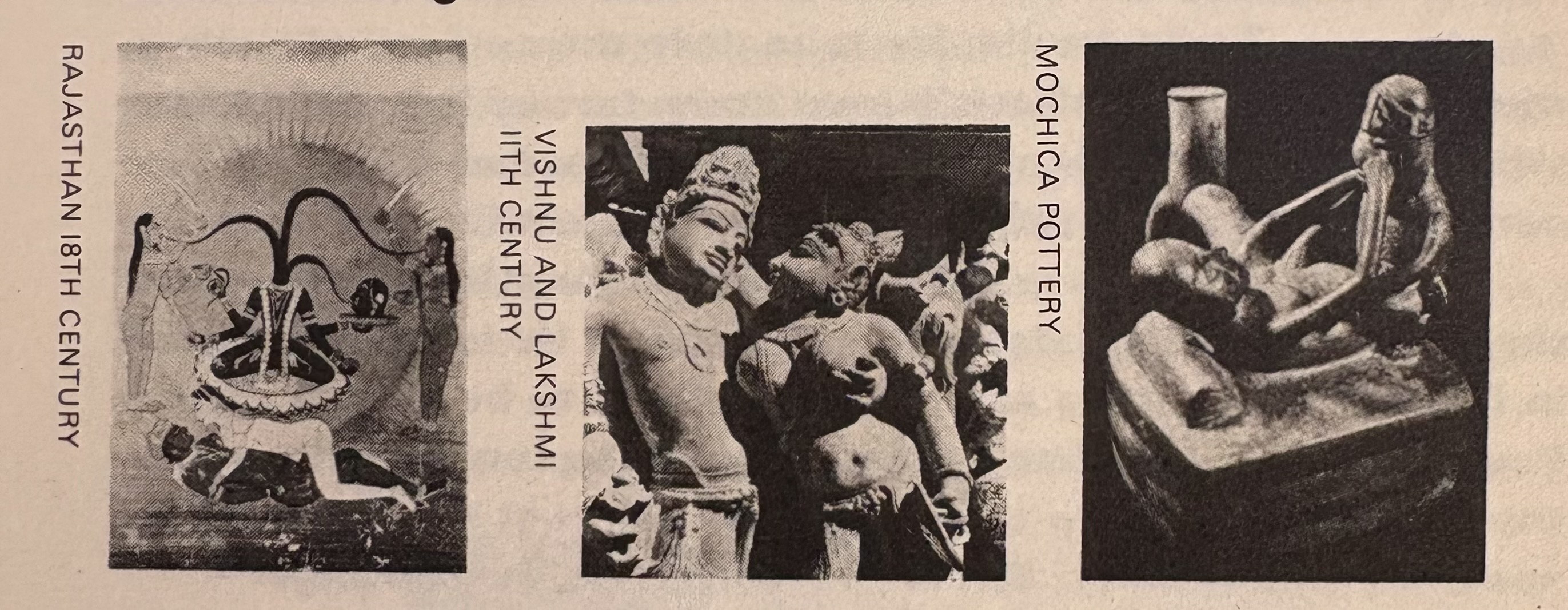
Me recuerda a los kinks de alguien esto XD:
This picture is made to appeal to his sexuality. It has nothing to do with her sexuality. (Here and in the European tradition generally, the convention of not painting the hair on a woman’s body helps towards the same end. Hair is associated with sexual power, with passion. The woman’s sexual passion needs to be minimized so that the spectator may feel that he has the monopoly of such passion.) Women are there to feed an appetite, not to have any of their own. (p. 55)
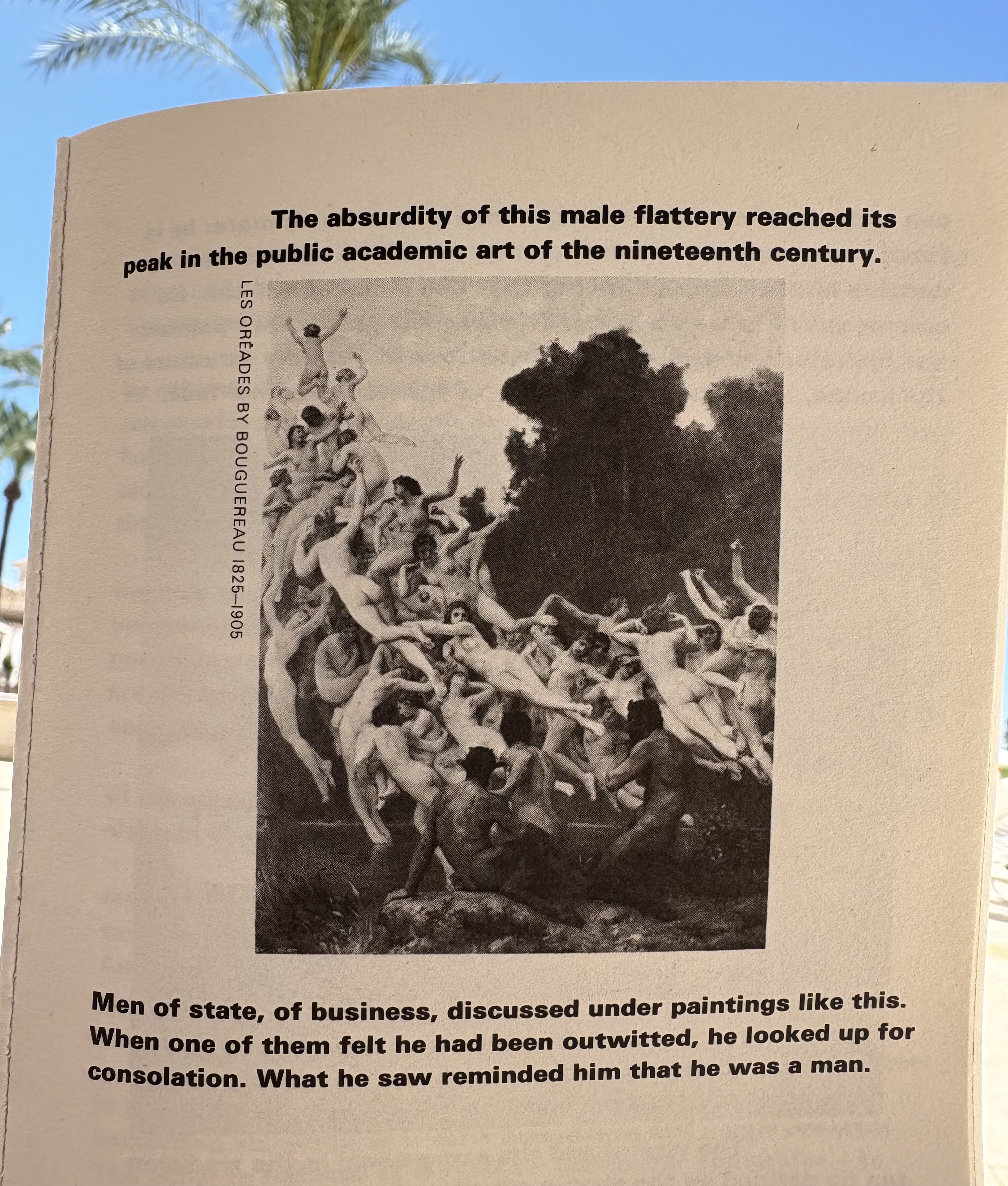 Acerca de este retrato:
Acerca de este retrato:
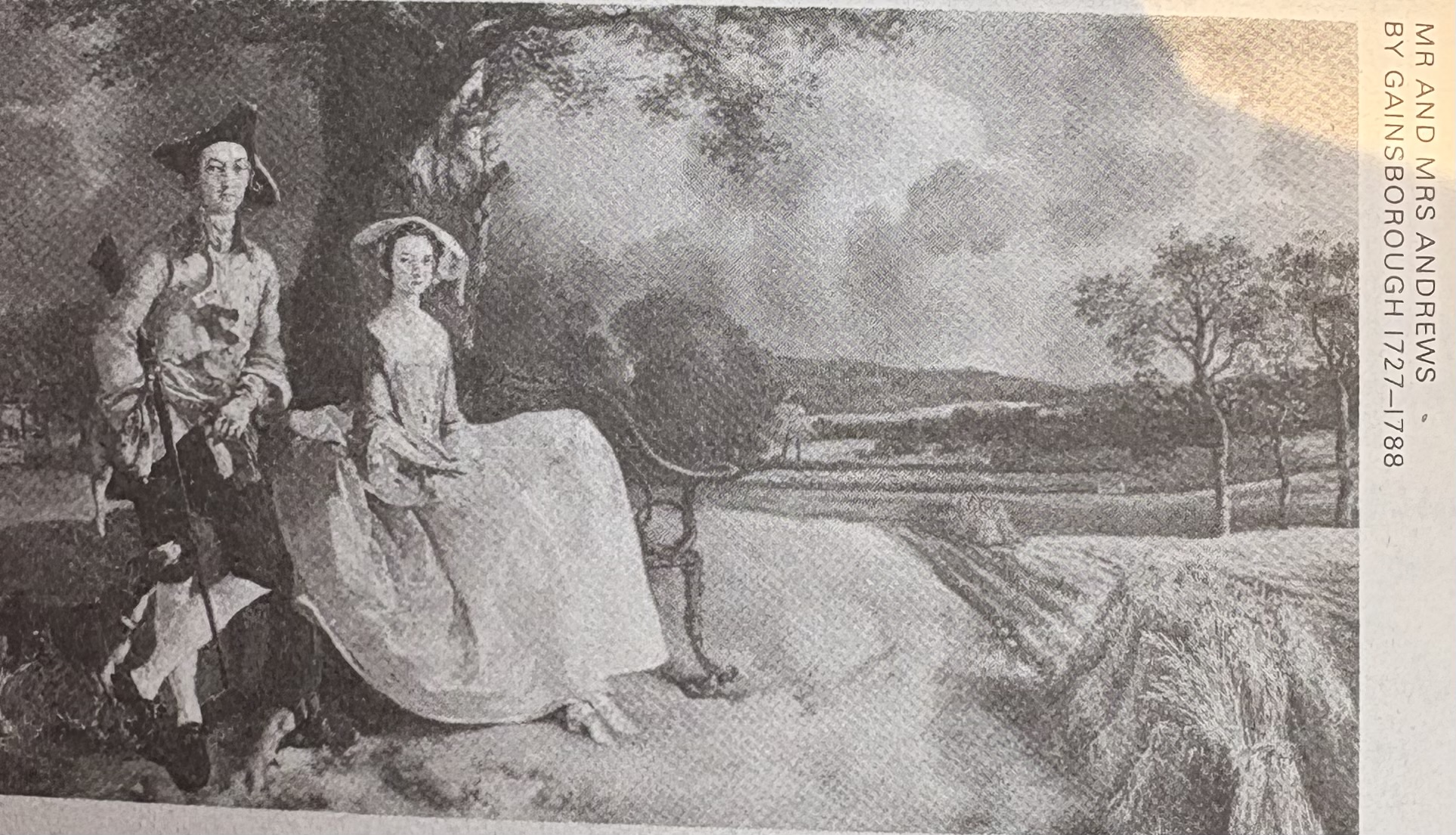
No era sobre la naturaleza…
The point being made is that, among the pleasures their portrait gave to Mr and Mrs Andrews, was the pleasure of seeing themselves depicted as landowners and this pleasure was enhanced by the ability of oil paint to render their land in all its substantiality. And this is an observation which needs to be made, precisely because the cultural history we are normally taught pretends that it is an unworthy one. (p. 108)
if one studies the culture of the European oil painting as a whole, and if one leaves aside its own claims for itself, its model is not so much a framed window open on to the world as a safe let into the wall, a safe in which the visible has been deposited (…) We are accused of being obsessed by property. The truth is the other way round. It is the society and culture in question which is so obsessed. Yet to an obsessive his obsession always seems to be of the nature of things and so is not recognized for what it is.(p. 109)
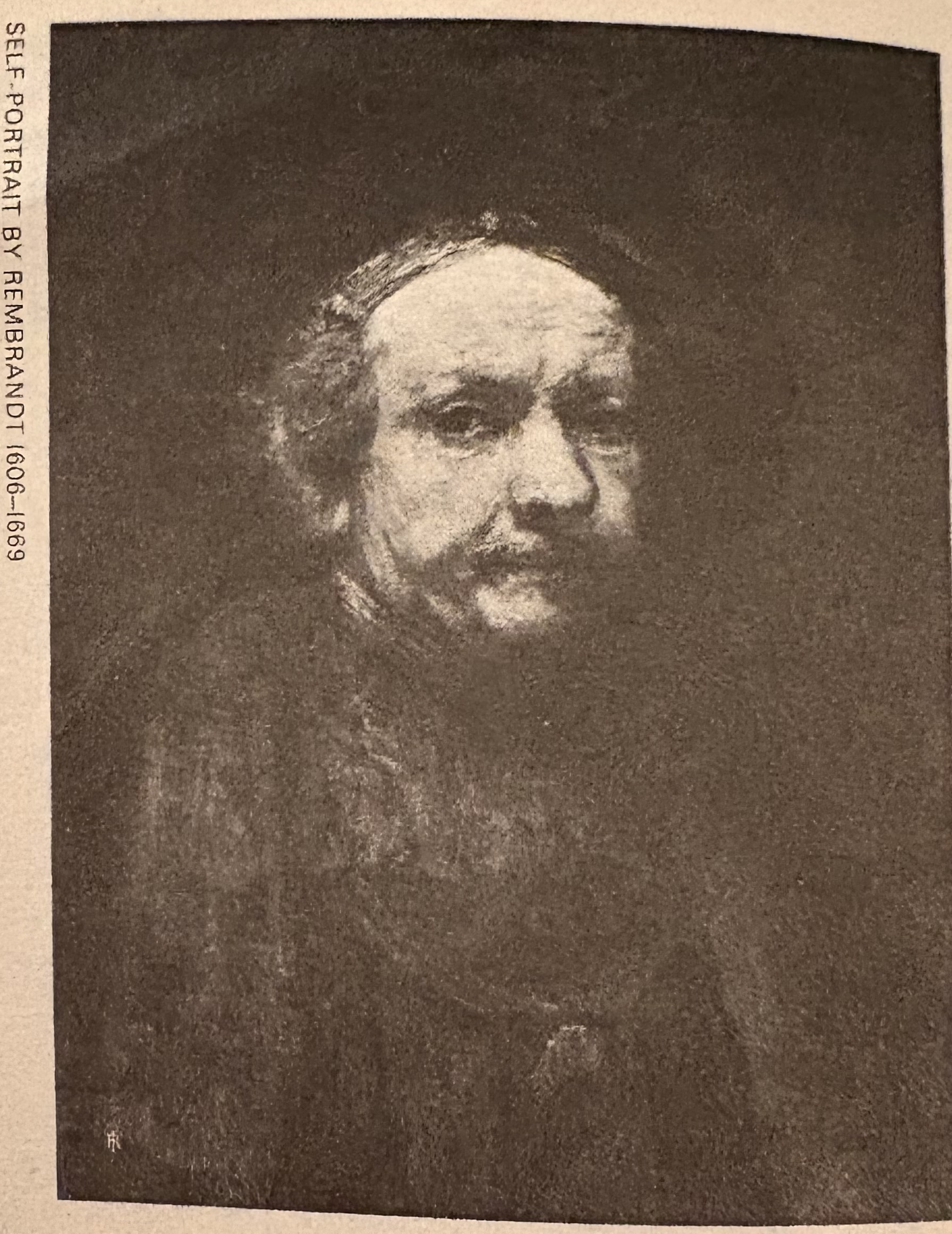
All has gone except a sense of the question of existence, of existence as a question. (p. 112)
The happiness of being envied is glamour. (p. 132)
Being envied is a solitary form of reassurance. It depends precisely upon not sharing your experience with those who envy you. You are observed with intereat but you do not observe with interest - if you do, you will become less enviable (…). It is this which explains the absent, unfocused look of so many glamour images. They look out over the looks of envy which sustain them. (p. 133)
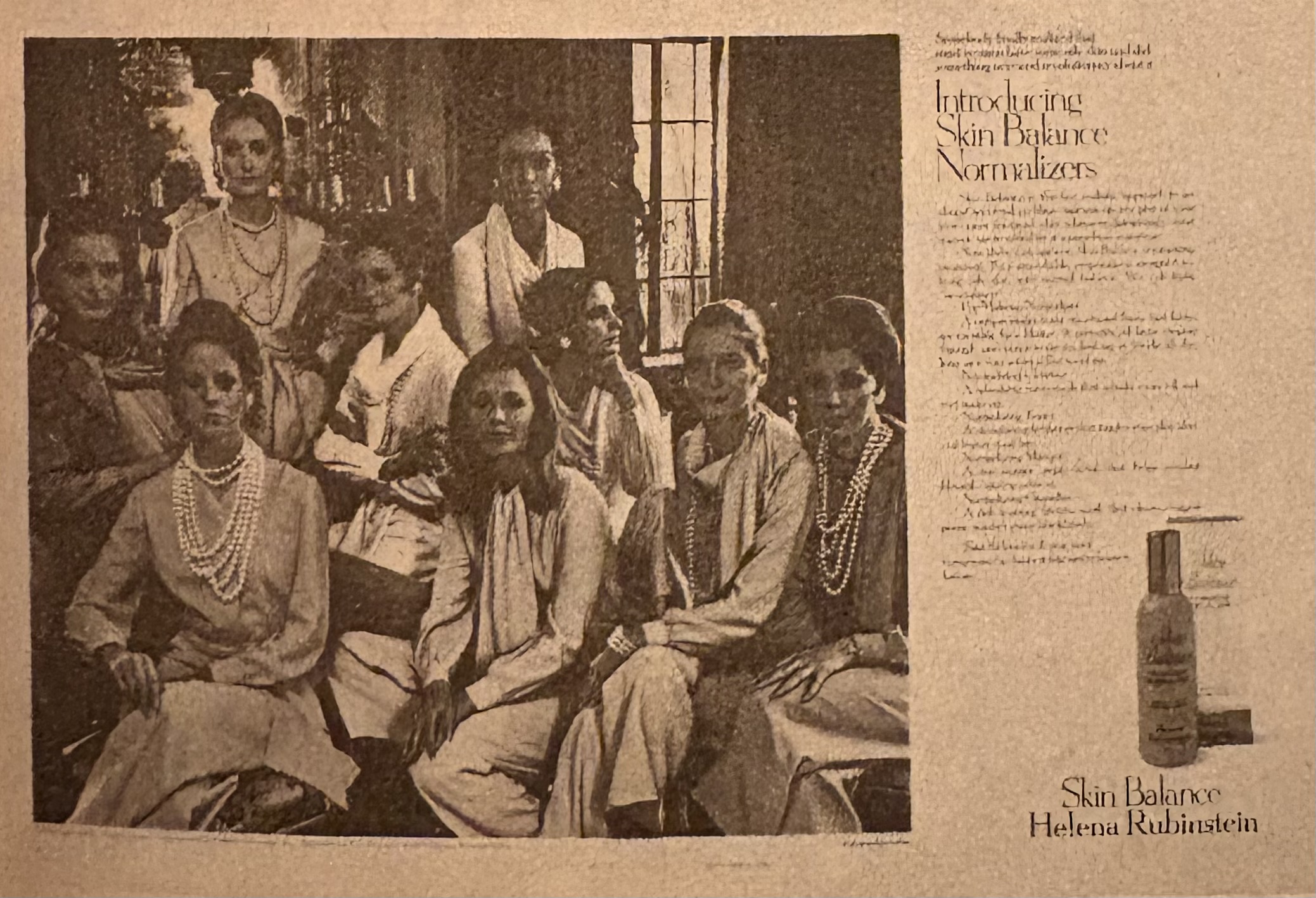
She is meant to imegine herself transformed by the product into an object of envy for others, an envy which will then justify her loving herself. One could put this another ways the publicity image etesis her love of herself as she is, and offers it back to her for the price of the product. (p. 134)
Capitalism survives by forcing the majority, whom it exploits, to define their own interests as narrowly as possible. This was once achieved by extensive deprivation. Today in the developed countries it is being achieved by imposing a false standard of what is and what is not desirable. (p. 154)